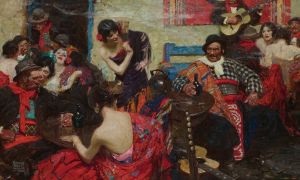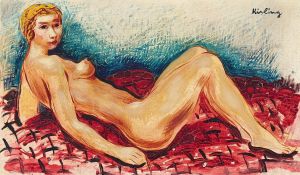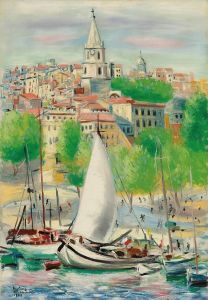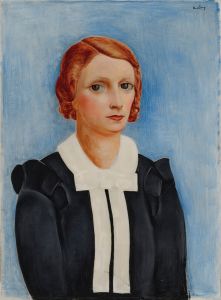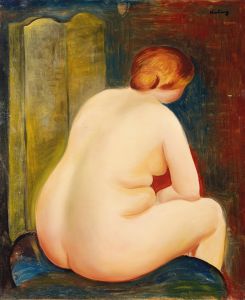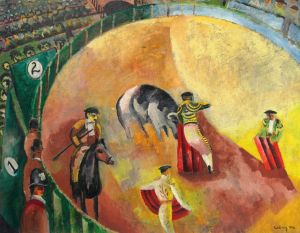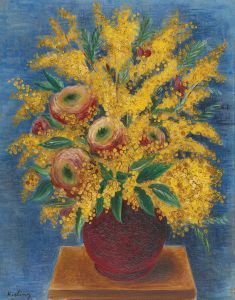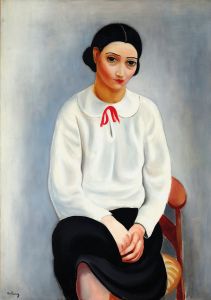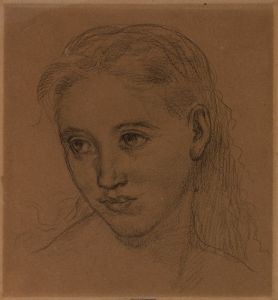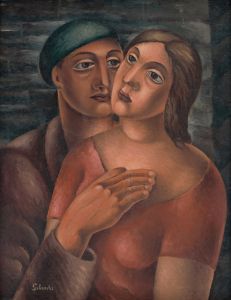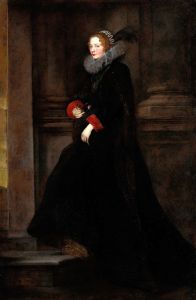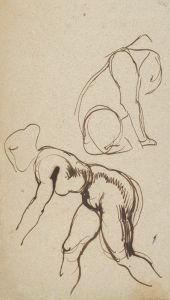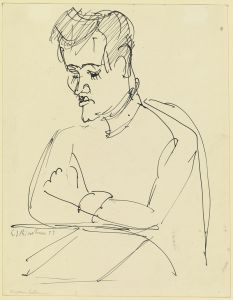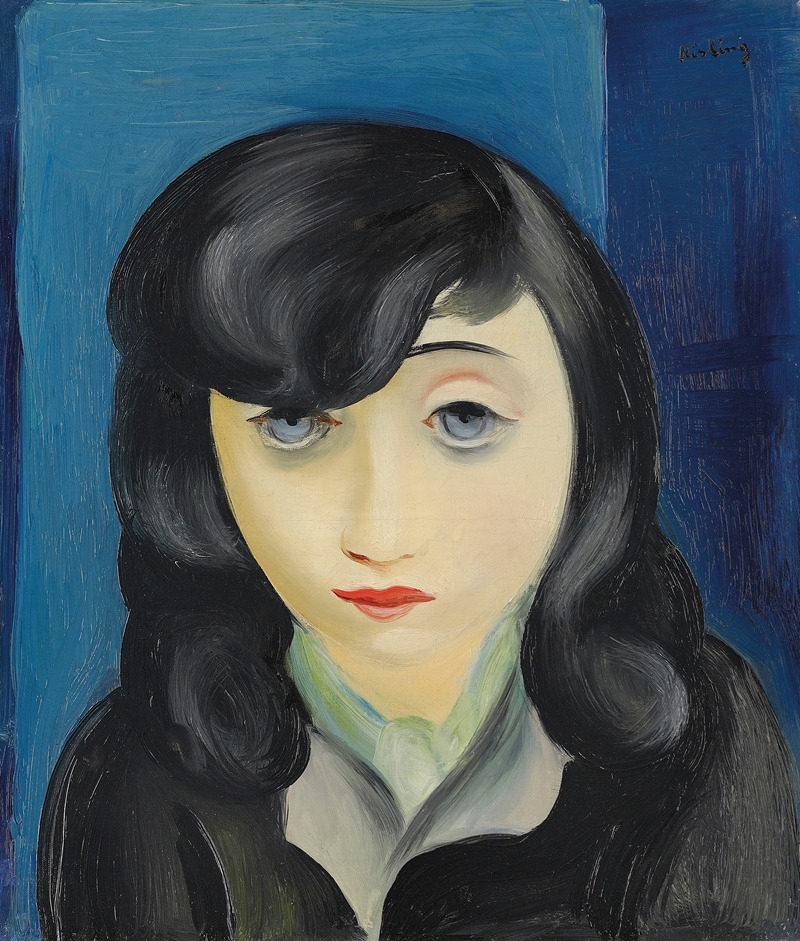
Portrait de femme à la frange
A hand-painted replica of Moïse Kisling’s masterpiece Portrait de femme à la frange, meticulously crafted by professional artists to capture the true essence of the original. Each piece is created with museum-quality canvas and rare mineral pigments, carefully painted by experienced artists with delicate brushstrokes and rich, layered colors to perfectly recreate the texture of the original artwork. Unlike machine-printed reproductions, this hand-painted version brings the painting to life, infused with the artist’s emotions and skill in every stroke. Whether for personal collection or home decoration, it instantly elevates the artistic atmosphere of any space.
Moïse Kisling's Portrait de femme à la frange is a painting by the Polish-French artist Moïse Kisling, who was an influential figure in the École de Paris during the early 20th century. Kisling, born in Kraków in 1891, moved to Paris in 1910, where he became associated with a vibrant community of artists, including Amedeo Modigliani, Pablo Picasso, and Chaïm Soutine. Known for his portraits, nudes, and still lifes, Kisling developed a distinctive style that combined elements of modernism with a sensitivity to traditional techniques.
Portrait de femme à la frange (translated as "Portrait of a Woman with Bangs") exemplifies Kisling's skill in portraiture, particularly his ability to capture the individuality and emotional depth of his subjects. The painting features a woman with a fringe hairstyle, a detail that highlights Kisling's attention to contemporary fashion and personal expression. His use of color, precise lines, and soft shading creates a sense of intimacy and immediacy, drawing the viewer into the subject's gaze.
Kisling's portraits often reflect his fascination with the human form and his ability to convey both physical beauty and psychological complexity. While the identity of the woman in this painting is not widely documented, her serene expression and poised demeanor suggest a sense of quiet confidence. The background, typical of Kisling's work, is understated, allowing the focus to remain on the subject.
During his career, Kisling's works were celebrated for their elegance and emotional resonance, and he gained significant recognition in both Europe and the United States. His paintings were exhibited in major galleries and collections, and he became a sought-after portraitist among the Parisian elite. Despite his success, Kisling's life was marked by the upheavals of the 20th century, including his service in the French Foreign Legion during World War I and his eventual exile to the United States during World War II.
Today, Kisling's works, including Portrait de femme à la frange, are appreciated for their unique blend of modernist innovation and classical refinement. They continue to be featured in museum collections and private holdings, reflecting the enduring appeal of his artistic vision.





